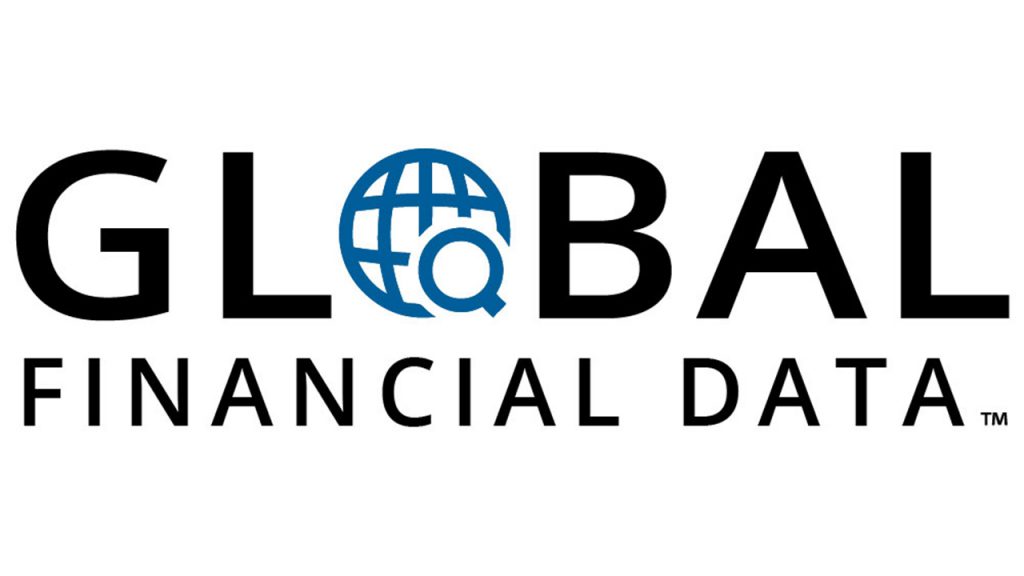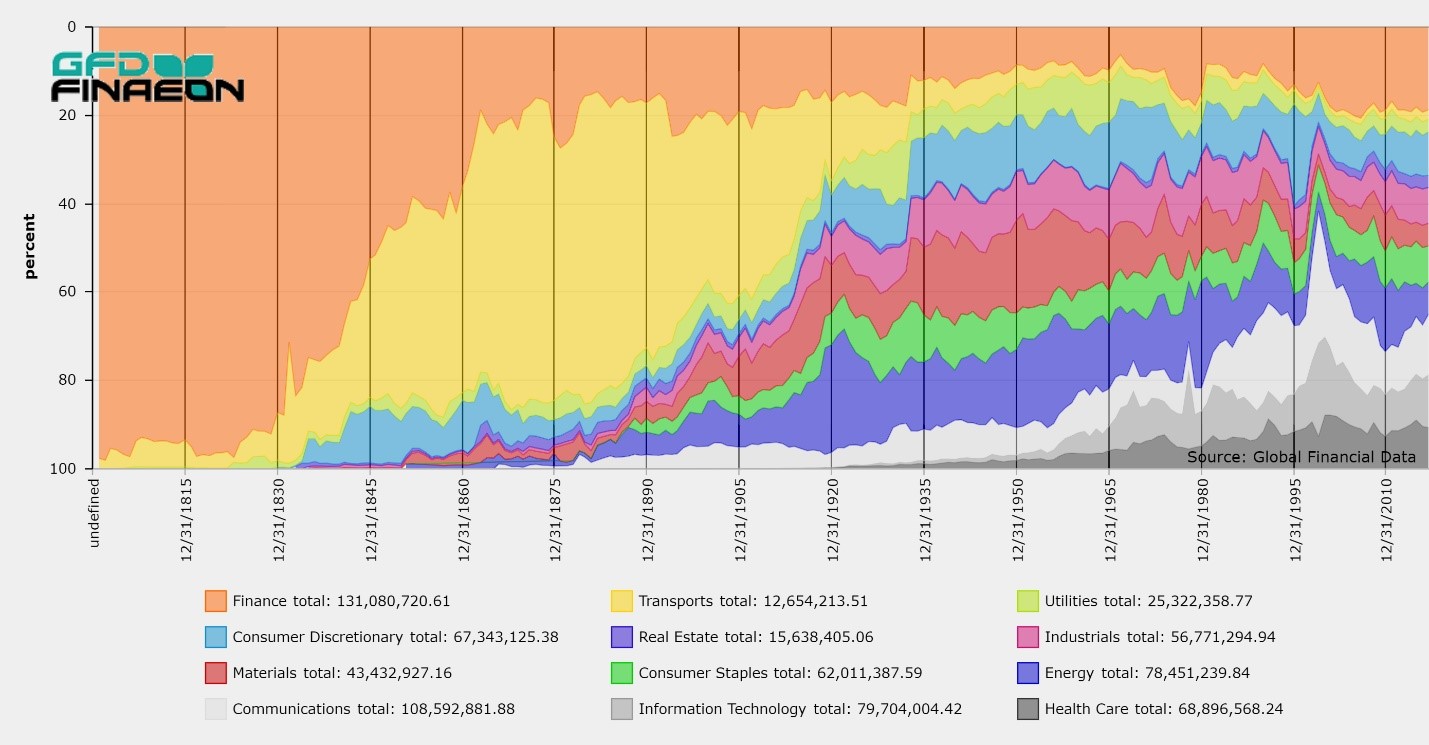 A previous blog discussed Wilt Chamberlain’s unsuccessful attempt at following up on his successful basketball career with a successful IPO. Wilt Chamberlain wasn’t the only sports star to go into the restaurant business. Few people realize it, but Mickey Mantle set up restaurants twice, once in Texas in the 1950s when he struck out, and a second time in the 1980s in New York City when he hit a home run.
Mickey Mantle played for the New York Yankees between 1951 and 1968 and is one of the few baseball players to hit over 500 home runs during his career, and believe it or not, without the aid of any steroids. Many consider Mantle to be the greatest switch hitter of all time, a skill which enabled him to hit for both average and for power. His lifetime batting average was 0.298 and he hit some of the longest home runs in history, one measuring 643 feet at Tiger Stadium in 1960.
A previous blog discussed Wilt Chamberlain’s unsuccessful attempt at following up on his successful basketball career with a successful IPO. Wilt Chamberlain wasn’t the only sports star to go into the restaurant business. Few people realize it, but Mickey Mantle set up restaurants twice, once in Texas in the 1950s when he struck out, and a second time in the 1980s in New York City when he hit a home run.
Mickey Mantle played for the New York Yankees between 1951 and 1968 and is one of the few baseball players to hit over 500 home runs during his career, and believe it or not, without the aid of any steroids. Many consider Mantle to be the greatest switch hitter of all time, a skill which enabled him to hit for both average and for power. His lifetime batting average was 0.298 and he hit some of the longest home runs in history, one measuring 643 feet at Tiger Stadium in 1960.
Country Cooking Without the Sizzle
Mickey Mantle incorporated Mickey Mantle’s Country Cookin’, Inc. in Texas on April 22, 1968 during his last year of his baseball career. The company authorized 2,000,000 shares, and 1,000,000 shares were outstanding on July 11, 1969. Mickey Mantle’s Country Cookin’, Inc. offered 200,000 shares at $15 per share on July 11, 1969 through Pierce, Wulbern, Murphy, Inc. of Jacksonville, Florida and through D.A. Campbell Co., Inc. in New York. The restaurant’s menu focused on country vittles, including Chicken & Dumplins’, Ham and Lima Beans, Country Beef Stew, Country Fried Chicken, Texas Chili, Catfish Filets, Chili & Beans, Chicken Fried Steak, a Country Smoked Ham Sandwich and a Country Pork Sausage Sandwich. Meals were $1.25 and the sandwiches were $1.00. If you wanted to go all out, you could get an eight-piece Chicken Bucket for $3.25. The first Country Cookin’ restaurant opened up at 3651 Martin D. Love Freeway. Company-owned restaurants were also located in San Antonio and in Irving, Texas. Mickey Mantle franchised the restaurant and ones soon popped up in Florida, Louisiana and Texas. In 1970 the company tried to acquire 35 Best Steak Home restaurants, but the deal fell through. Largely because of law suits, overextension and poor management, the restaurants did not do well. Shares in Mickey Mantle’s Country Cookin’, Inc. traded over-the-counter, and as you can see by the graph below, the shares steadily declined in value. Offered at $15, shares fell below $10 by the end of the month and were down to $1 a year later. The company received more income from franchise fees than from sales, and this could only spell long-run trouble for the restaurant. As a sign of its problems, the company changed its name to Invesco International, Inc. on June 30, 1969, and reincorporated in Nevada where it became a coal mining company.
The 1952 Topps Mickey Mantle #311 rookie baseball card sells for over $10,000, but if that is beyond your budget, hundreds of souvenirs remain from the Mickey Mantle’s Country Cookin’ restaurant and can be purchased on Ebay. Souvenirs include postcards, china, coffee mugs, carrying trays, menus, chairs, pot holders, ordering pads, stock certificates and prospectuses. Souvenirs are also available from Mickey Mantle’s Holiday Inn located in Joplin, Missouri, including bars of soap, post cards, matches and even room keys, though they probably don’t work anymore.
Mantle’s Business Career Booms
 GFD has added 3000 new data sets to the GFDatabase which calculate the Annual Percentage Change. These files focus on economic data for which users are more concerned about the rate of change than the actual number, such as the Consumer Price Index and Real GDP.
Although GFD provides the annual percentage change as a choice when downloading the raw data, there are several advantages to providing the annual percentage change as a separate file. First, users can download the rate of change directly. Second, users can use the Annual Percentage Change files in our new platform, Finaeon, to generate comparative graphs between different countries.
GFD has added 3000 new data sets to the GFDatabase which calculate the Annual Percentage Change. These files focus on economic data for which users are more concerned about the rate of change than the actual number, such as the Consumer Price Index and Real GDP.
Although GFD provides the annual percentage change as a choice when downloading the raw data, there are several advantages to providing the annual percentage change as a separate file. First, users can download the rate of change directly. Second, users can use the Annual Percentage Change files in our new platform, Finaeon, to generate comparative graphs between different countries.
The data are over-the-counter quotes and provide the Bid, Ask and Average of the Bid and the Ask for each company.
 The United States stock market has been in bull-market mode for six years now, and some fear the stock market may be running out of steam. By our count, there have been 25 bear markets in the United States since 1792 and 28 bear markets in the United Kingdom since 1692. Are we about to add to that list?
This raises the question, when did that ugly bear first raise its head? By our analysis, the first fateful year was 1692 when a four-year bear market began in England. If we take the price of East India Company stock from March 1692 until July 1694, and the price of Bank of England stock from August 1694 until October 1696, the market fell almost 72% for the four years between March 1692 and 1696. The first bear market was also one of the worst.
The United States stock market has been in bull-market mode for six years now, and some fear the stock market may be running out of steam. By our count, there have been 25 bear markets in the United States since 1792 and 28 bear markets in the United Kingdom since 1692. Are we about to add to that list?
This raises the question, when did that ugly bear first raise its head? By our analysis, the first fateful year was 1692 when a four-year bear market began in England. If we take the price of East India Company stock from March 1692 until July 1694, and the price of Bank of England stock from August 1694 until October 1696, the market fell almost 72% for the four years between March 1692 and 1696. The first bear market was also one of the worst.



